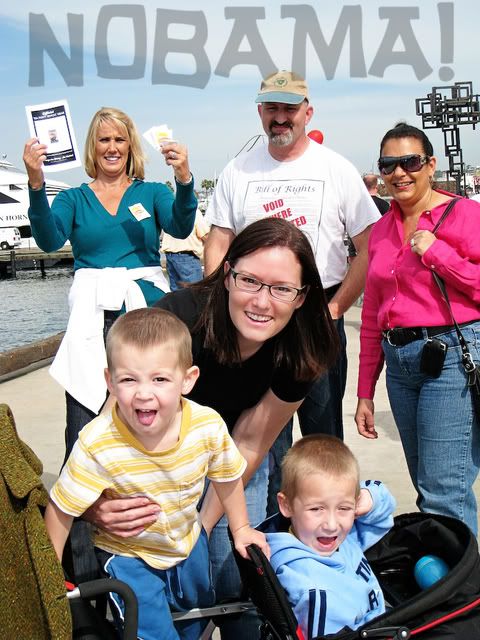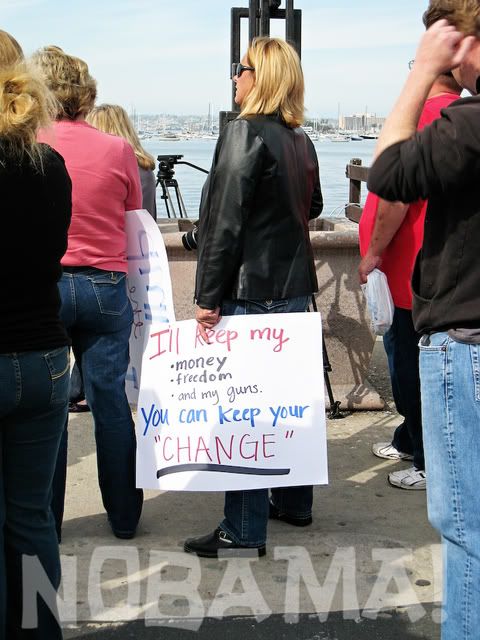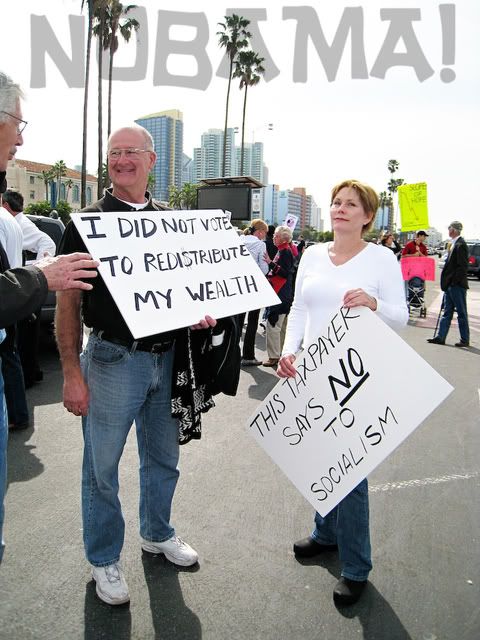This write-up comes in the wake of a comment made on this previous post regarding the LDS Church’s recent statement correcting erroneous news reports by various mainstream media tyrants.
*Note: All opinions shared in this article are just that, opinions, my opinions. Any reference to the Church is merely my understanding and any mistake or misrepresentation is mine and not representative of or reflected on the Church. For official Church policy, doctrine, or statements, please visit the LDS Newsroom, LDS.org, or contact LDS Church Headquarters in Salt Lake City directly.

Alllllrighty then, let’s talk tax-exempt status. Mind you, I am no tax expert, but I can research and read, and I’m sure the IRS is as good a place as any to get to the bottom of this tax-exempt status debate involving the LDS Church.
The most debated clause in the 501(c)(3), especially in the case of the LDS Church’s in-kind donations to defending marriage, is the designation of a tax-exempt organization having “no substantial part of the activities of which is carrying on propaganda, or otherwise attempting, to influence legislation (except as otherwise provided in subsection (h)), and which does not participate in, or intervene in (including the publishing or distributing of statements), any political campaign on behalf of (or in opposition to) any candidate for public office” (frwebgate.gov).
First, let’s establish the fact that the 501(c)(3) does not have a definitive monetary substantiality test by which to weigh the lobbying contributions of churches. Furthermore, “there is no statutory or regulatory definition of the amount of legislative activity that would constitute a ‘substantial part’ of an organization’s activities” (stblaw.com).
There are, however, two cases which have set precedents to which judges refer when scrutinizing the lobbying activities of a tax-exempt entity/organization/charity (in this case, a church).
In Seasongood v. Commissioner, the ruling “held that attempts to influence legislation that constituted five percent of total activities were not substantial.” This case, however, provides “limited guidance because the court’s view of what set of activities were to be measured is no longer supported by the weight of precedent. Moreover, it is not clear how the court arrived at the five percent figure” (IRS.gov).
In Haswell v. United States, “the Court of Claims cited percentage figures in support of its determination that an organization’s lobbying activities were substantial. (The amount of the organization’s expenditures for lobbying activities ranged from 16.6 percent to 20.5 percent of total expenditures during the four years at issue.) While the court stated that a percentage test is only one measure of substantiality (and not, by itself, determinative), it held that these percentages were a strong indication that the organization’s purposes were no longer consistent with charity.” (IRS.gov).
Okay, so what we have discovered so far is that if a church’s lobbying activities make up only 1% - 15% (to be safe) of its overall activity, its tax-exempt status is safe. As a general rule, then, looking to the Haswell precedent, any amount of activity falling at the 16% mark or above would be considered “a substantial part.” If, as was the case in Haswell v. United States, we were to judge based on “total expenditures during [time] at issue,” the LDS Church’s total in-kind donations would have had to have been in the hundreds of millions (if not billions) of dollars considering first an annual gross income of $6 billion (in 1997 - Deseret News Archive) and second, the colossal expenditures necessary to operate a worldwide church, remembering the hundreds of land acquisitions and building projects they sign and complete throughout the world each year (temples and chapels, renovations, remodels, etc.) and multiple charitable projects such as the Perpetual Education Fund and world-wide disaster relief response. Given this knowledge, $190,000 does not even come close to signifying “a substantial part” based solely on a monetary inspection of lobby-related activities.
So what else is there? If we do not base the Church’s continued access to tax-exempt status purely on their non-monetary, in-kind donations to the promotion of moral principles through the adoption of legislation, then truly, what other measurement will the IRS employ to determine this matter?
“Churches… are evaluated by the “less precise ‘substantial activity test’” that is “based upon all relevant facts and circumstances”—in other words, the IRS has no openly available standard that it must follow and can therefore do whatever it wants. There may be a more codified procedure in the future, or there may not be. It may be more or less restrictive. The IRS has free reign, since all 501(c)(3) status churches have already agreed that no substantial part of their activity will be “carrying on propaganda” (propagating information) about anything” (Servants News).
=========
“The IRS has used other factors to determine substantiality:
Time spent by employees and volunteers;
Money spent in relation to the organization’s entire budget;
The amount of publicity the organization assigns to the activity;
Continuous or intermittent nature of the activity.”
(stblaw.com)
Please note that the first qualifier speaks of employees and volunteers, not members (who acted on an individual basis after being asked once, in a letter, by their president, and once in a satellite broadcast with members of the Quorum of the Twelve Apostles, to get involved). And if the amount of money allotted to compensate employees for their time spent on the promotion of Proposition 8 is any indication of how much time was actually spent, then I think we can safely say the LDS Church has not violated that qualification. With regard to money and Church budget, I think we’ve adequately dismissed any concern of violation there (remember $190,000 v. hundreds of millions, if not billions, of dollars). Publicity provided by the Church came in the form of one satellite broadcast to members of the Church in California, a website, and various YouTube videos. And only a couple of specific activities were continuous in nature (YouTube videos and website) from the time that the LDS Church joined the Protect Marriage coalition in June of 2008, until the vote on Nov. 4, 2008.
Now, if you hold up the roughly four and a half months of mild and intermittent lobbying for marriage engaged in during the year 2008 (speaking strictly of the Church here, not of its members) against its nearly 179 years of missionary work, proselytizing, disaster relief aid, and building of temples and meetinghouses, then again I would suggest that the Church has in no way violated its allowable lobbying by meeting or exceeding that highly debatable phrase “a substantial part.”



Frankly, I find this whole debate rather comical as it is well know that the Church has a superb legal team not to mention the brilliant minds easily found among its very leadership: Dallin H. Oaks, member of the Quorum of the Twelve Apostles, former professor of law, President of Brigham Young University, and Utah Supreme Court Justice; Russell M. Nelson, member of the Quorum of the Twelve Apostles, “internationally renowned surgeon and medical researcher”; Quentin L. Cook, member of the Quorum of the Twelve Apostles, former “vice chairman of Sutter Health System….President and CEO of a California healthcare system….Business lawyer and managing partner of a S.F. Bay Area law firm.” And the list could go on. (LDS Newsroom – Leader Biographies). These people are not dumb. They are business and legal savvy. And besides knowing the law, they also don’t break the law!
To wrap up this discussion, let’s not forget what was written of the LDS Church by Time Magazine in 1997:
“And as long as corporate rankings are being bandied about, the church would make any list of the most admired: for straight dealing, company spirit, contributions to charity (even the non-Mormon kind) and a fiscal probity among its powerful leaders that would satisfy any shareholder group, if there were one.” (Deseret News Archive)
Now, barring the possibility of top-level extortion, blackmail, or bribery of IRS officials (which is never an impossibility in this morally tepid climate we live in), I think it’s safe to say that the LDS Church will successfully retain its tax-exempt status.
~Pearl
*Note: All opinions shared in this article are just that, opinions, my opinions. Any reference to the Church is merely my understanding and any mistake or misrepresentation is mine and not representative of or reflected on the Church. For official Church policy, doctrine, or statements, please visit the LDS Newsroom, LDS.org, or contact LDS Church Headquarters in Salt Lake City directly.

































![12/08/2008 NEWS: Scott Lacey - This picture was taken three weeks after the birth of my daughter Ruby, just before setting out for a walk.
This photo is precious to me as it demonstrates the time in my life when life stopped being about me and became entirely about her. Being someone she can trust, love, share with and laugh with; is an incredible gift. She is my miracle.
I have been given the privilege of being her "dada", that makes this the most important role of my life and the role with the most expectations and rewards.
Scott Lacey
Father of Ruby Lacey (one in just under two weeks)
Ag Lacey [aglacey@iinet.net.au] 12/08/2008 NEWS: Scott Lacey - This picture was taken three weeks after the birth of my daughter Ruby, just before setting out for a walk.
This photo is precious to me as it demonstrates the time in my life when life stopped being about me and became entirely about her. Being someone she can trust, love, share with and laugh with; is an incredible gift. She is my miracle.
I have been given the privilege of being her "dada", that makes this the most important role of my life and the role with the most expectations and rewards.
Scott Lacey
Father of Ruby Lacey (one in just under two weeks)
Ag Lacey [aglacey@iinet.net.au]](https://blogger.googleusercontent.com/img/b/R29vZ2xl/AVvXsEhfvsgUzRS221iMoZ4gXkqpHgglBIbq34AwTo7aDDtlWpXT2ozJFK6esb1H6da3hEL2b3ckOQcRmlD_1Rh6DAMJsBdMbZGo_kRqc6msMBJyrRWuydg7gkpyN4srrezf50bA48nVJMVHMnfo/?imgmax=800)

































